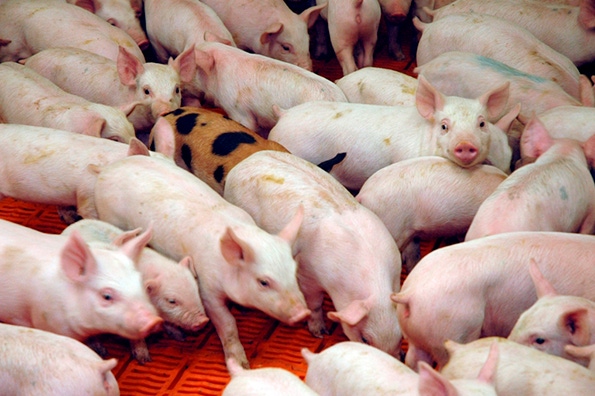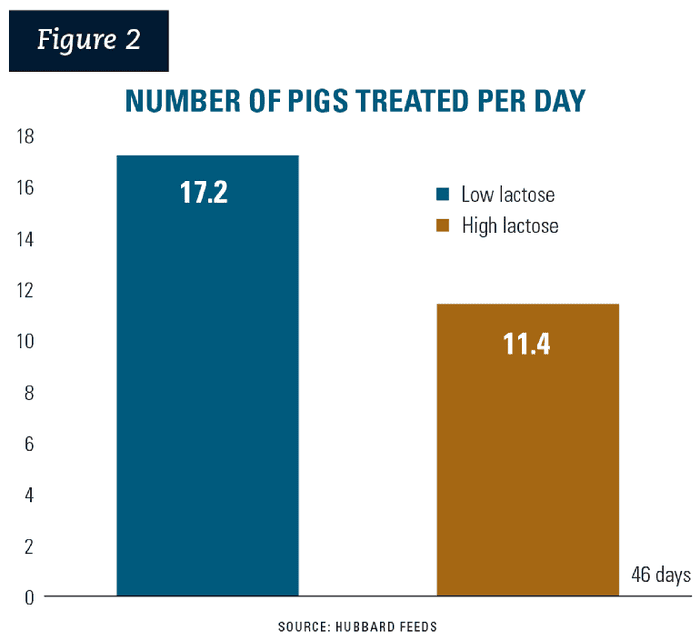Do newly weaned pigs need more for successful pork production?
April 5, 2019

By Jamie Pietig and Sharlie Hansen, Hubbard Feeds Swine Nutritionists
Weaning of pigs from the mother sow has long been described as a stressful event for the piglet, especially when coupled with other stressors such as mixing, transportation and transition to a dry feed after weaning.
Nutrition of the newly weaned pig has also been described as critical to successful pork production. A main component of early-phase nursery diets is lactose. Lactose is the primary energy source in sows’ milk. The age and weight of the weaned pigs often dictate the complexity (i.e., dietary lactose level) of the early-phase nursery feed offered.
Many production specialists and academia professors have stated that the questions often stay the same, but the answers to those questions may change.
Therefore, in an effort to understand the importance of lactose in modern commercial pork production, Hubbard Feeds — in a commercial pig flow weaning at about 19 days of age and approximately 12 pounds bodyweight — imposed nine dietary lactose regimens to 4,212 pigs for the first 21 days postweaning, followed by a common diet for the final 24 days.
To illustrate the importance of proper early nutrition for the weaned pigs, the performance of all the pigs fed various lactose levels from low to high were reviewed.
As can be seen in Figure 1, the nursery exit weight reduction of over 4 pounds bodyweight (45.4 vs. 49.6) illustrates a response solely to lactose. Coupled with the fact that these pigs (fed low lactose) had an increased need for individual antibiotic treatment by nearly 34% indicates not only a growth response, but also a health response to increase dietary lactose (see Figure 2).


Taking these points together, it is clear to see that Mother Nature has not changed the requirement of newly weaned pigs, regardless of the technological advances made in many areas of pork production.
While the lactose level fed in this low group is likely not common in commercially available starters, it does soundly represent the potential negative effects of improper feed budgeting. The actual levels for optimal performance, health and finance can be somewhat variable given the market, swine heath conditions, and the animal husbandry and management skills of caretakers.
The old adage of a pig never gets over a good (or bad) start is still true in 2019.
Source: Jamie Pietig and Sharlie Hansen of Hubbard Feeds, who are solely responsible for the information provided, and wholly owns the information. Informa Business Media and all its subsidiaries are not responsible for any of the content contained in this information asset.
You May Also Like



